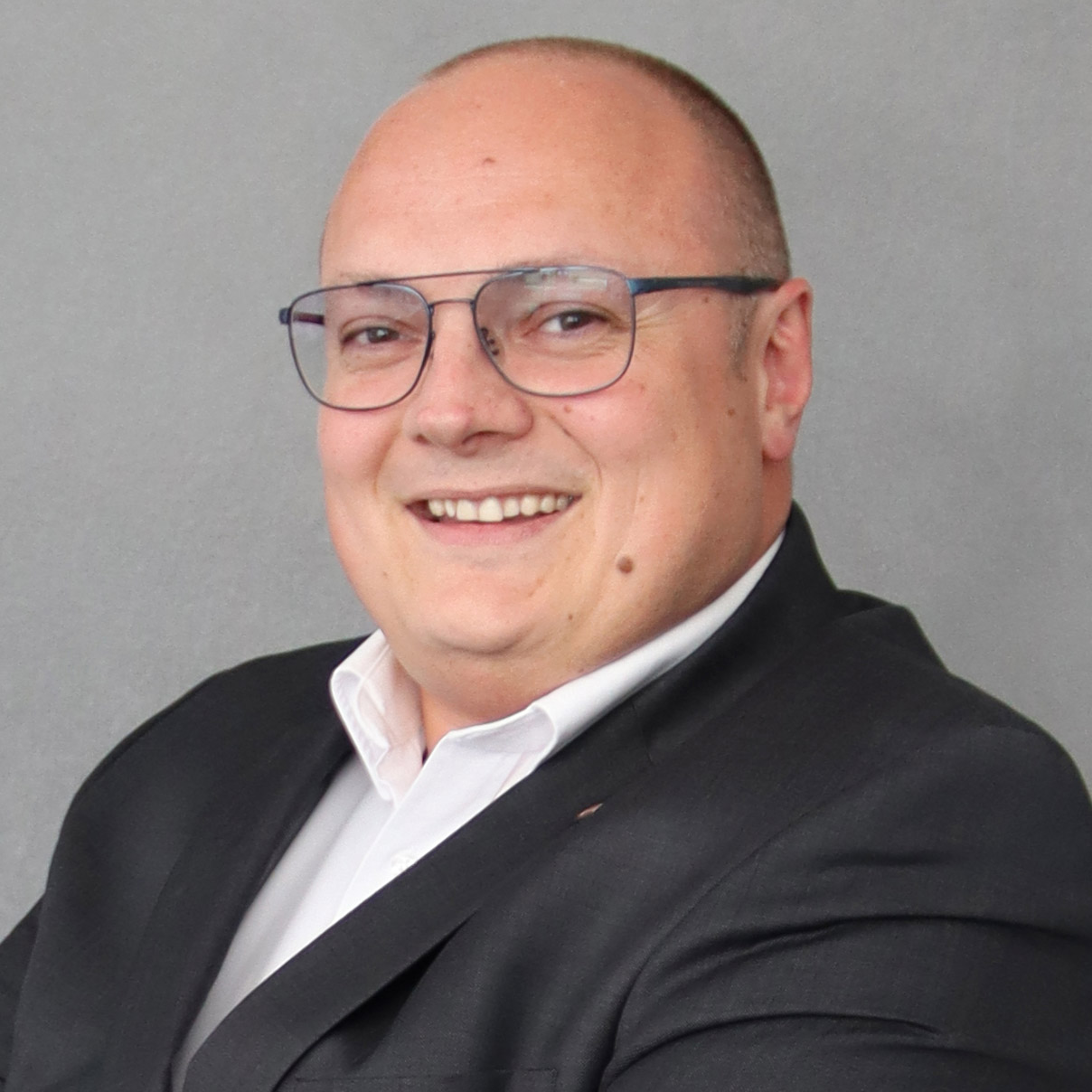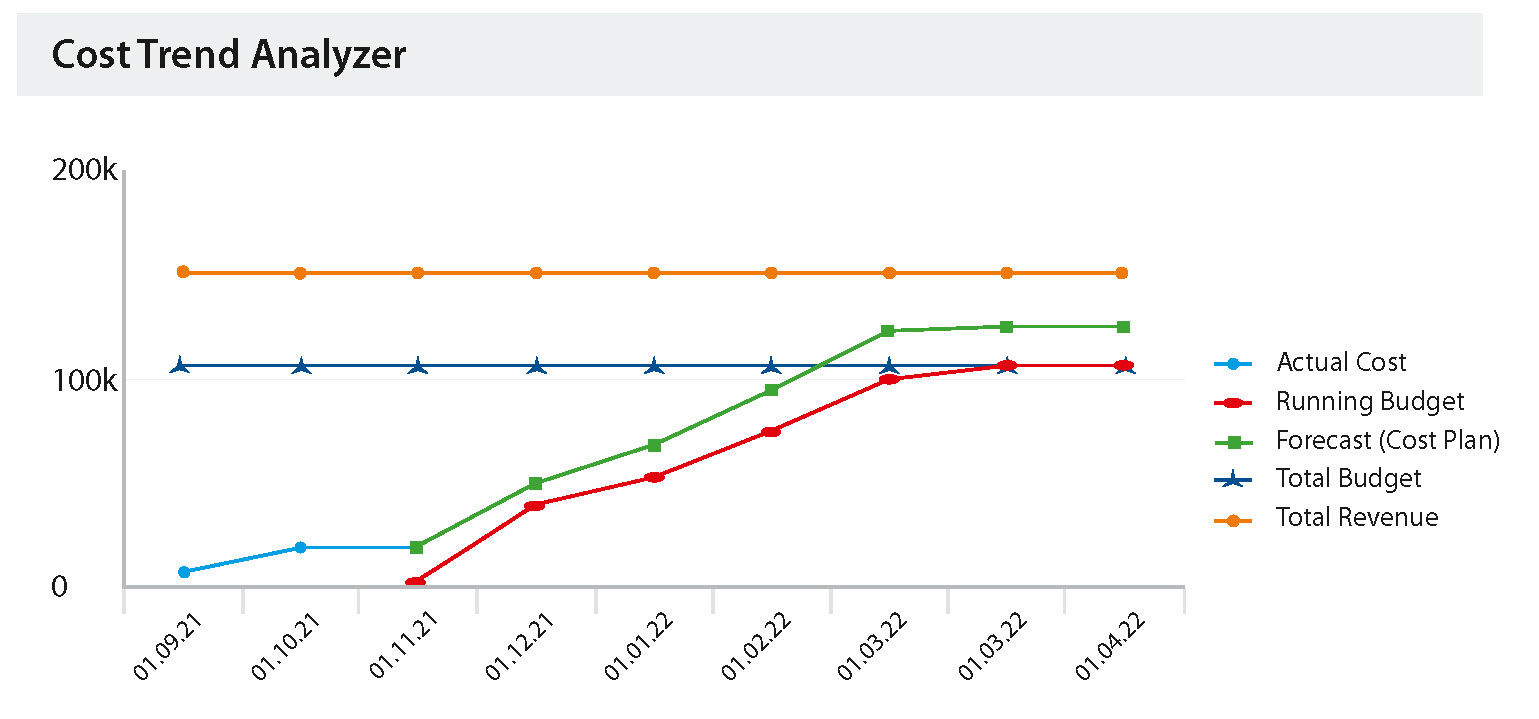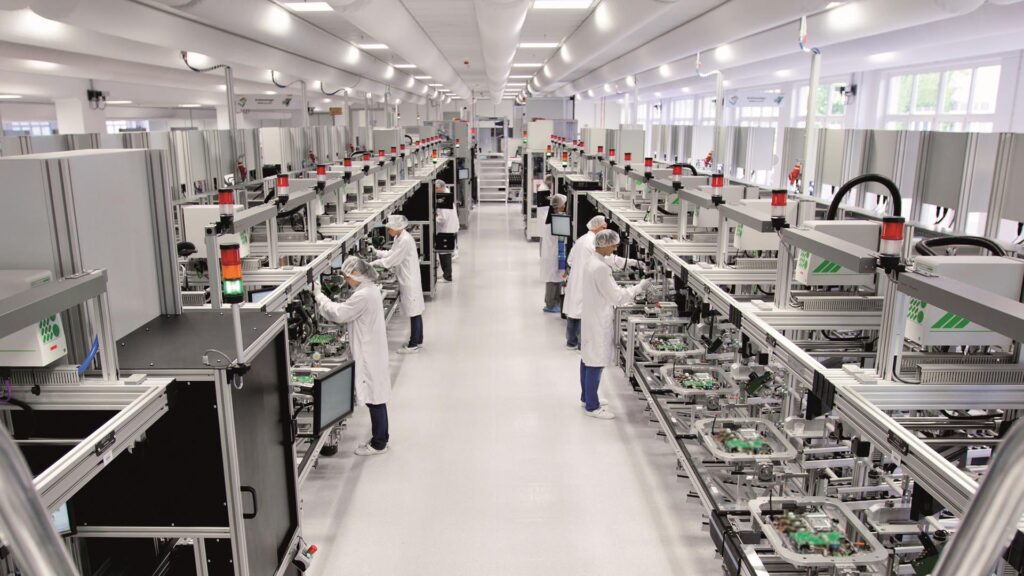About the Interviewee

Josef Zellner, Director Multi Project Management
Josef Zellner has been with Zollner since 2004. He started in IT, then in 2016, he switched to project portfolio management. Today, he’s responsible for the establishing and expanding multi-project management at the company.
First Steps With Clarity
Hello, Mr. Zellner! Please tell us a little about your first steps with Clarity.
In 2016, we started to create the framework for multi-project management and to find a solution for mapping processes and procedures with software support. As part of our software selection project, we chose Clarity and the implementation partner itdesign on the basis of how well they scored in our assessment and the overall impression that our project team had.
Usage and Added Value of Clarity
What were the specific challenges that made you decide to implement a tool like Clarity?
The overarching goal of multi-project management is to get a clear overview of all projects at the company. Another goal of the process is to implement projects in a more targeted and efficient manner and thus achieve added value for our customers.
During our previous project management process, we still relied heavily on such programs as Excel, Word, and MS Project. The individual files were accordingly distributed across different data file systems. We wanted a uniform tool that could act as a Single Point of Truth, where we can collect, maintain and evaluate information any time.
We also needed software that supports a cross-divisional and consistent process: from providing operational support (e.g., when managing and monitoring certain projects) to such topics as resource and project portfolio management as well as answering strategic questions, such as which projects to tackle and which to postpone.
Why did you choose Clarity? What are the specific advantages of the software?
Clarity is a very mature product that has a wide range of features, especially when it comes to project monitoring. In addition, there are strong out-of-the-box features for project portfolio management, which is an area where other tools have shown their weaknesses. The whole topic of automation (e.g., through workflows) and system interfaces is very important for us. Here, Clarity meets our requirements thanks to its existing adjustment options in the forms of customization or scripting.
We also needed an industry-independent solution that maps the entire project management process from a neutral point of view, regardless of the type of project. We have a wide range of customer projects, because as a contract manufacturer we don’t have our own products and work with customers from a wide variety of industries. In addition, we also have our internal projects such as, for example, IT, construction, and organizational projects.
Each project has different requirements and standards that must be met. This is where Clarity really convinced us that it was the best software solution, because it focuses on the mapping of project management processes without being industry-specific.
In which divisions does the company use Clarity?
We use Clarity in all business and central divisions at all locations and across the entire spectrum of use cases, including for such traditional areas as handling customer projects, but also internally in our central departments for IT, engineering, and HR, for example.
In particular, areas that are very project-oriented make intensive use of Clarity and its range of features.
And how is Clarity used in the company? What are some use cases?
We use the solution to manage all types of projects representing all sizes and levels of complexity. So-called mini-projects are used to start small activities as efficiently as possible using the existing features and interfaces on the basis of predefined templates. This is how automated comparisons of forecasted vs. actual effort and costs can be performed without having to go through the entire project management process.
However, we also use Clarity intensively for very complex projects in which we need the full scope of features, including workflow-supported phase transitions, detailed project planning with determination of the critical path, or active risk and opportunity management. Checklist items for each project type and complexity (that are managed using templates) can be additionally deployed. This feature ensures that the necessary quality checks are carried out and are traceable.

The cost trend analyzer automatically shows the current cost situation of a project, provides information on budget compliance, and also provides a forecast for the future.
During the implementation phase, there was also a requirement to establish resource management in some areas, and so the ability to actively control the distribution of resources in projects. The itd Advanced Resource Planning add-on plays an important role for us here: the use cases range from staffing to the evaluation of the capacity range.
Furthermore, as the company continues to digitize its operations, we plan to use the Hierarchy and Roadmap modules, which are newly available in the MUX (Modern UX) to transparently lay bare the connection between projects and strategy. In this way, we can obtain a consolidated status report about the digitization project, allowing us in turn to derive targeted and timely measures.
Sensible Use of Resources with itd Advanced Resource Planning
What kind of added value do you get from using the itd Advanced Resource Planning add-on?
The itd Advanced Resource Planning add-on is an important tool that allows us to control the allocation of employees to projects as efficiently as possible. The tool also provides a simple overview of whether we have under- or overdeployed team resources and whether the capacity is sufficient or additional resources need to be procured.
This is supported by an automated absence tracking interface from our HR system, so that the net available working hours can be compared with the planning. This allows for statements that are as accurate and up-to-date as possible to be made and measures to be derived.
Importance of Clarity at the Company
How important is Clarity at your company?
Clarity is now a core system that we use to manage and monitor projects and project portfolios at our company, and it complements our application landscape accordingly. The information obtained from the system also offers important input for other processes, such as business planning, for the purpose of selecting and prioritizing the right internal project plans.
We also use Clarity as a reporting tool at the management level, since it offers a simple and transparent overview of the project landscape and the status of the individual projects.
Tool Implementation: Process and Success Factors
You have decided on a Proof of Concept (PoC). Why did you make this decision, and to what extent did it help you to select and implement the tool?
The most important reason behind running a Proof of Concept was that it allowed us to put the software and the service provider to the test in advance so that we could answer the important questions that we had at the time: Can Clarity map our processes optimally? What is the feedback from our divisions in terms of usability? How good is itdesign’s consulting service, and how well do they perform? What do the interfaces to other systems look like in practice?
For us, the Proof of Concept was an important confidence-building measure that, in my opinion, should definitely be carried out when implementing any major software package.
Ultimately, all of the divisions that were involved in the prototype testing spoke out in favor of implementing the solution. And the collaboration with itdesign has also proven to be very positive and valuable. Fortunately, during the actual rollout of the software, we were able to transfer a large number of already implemented processes from the Proof of Concept system to our productive system.
How do you manage to meet the different requirements of the divisions?
Our core focus during the rollout phase was to map the different process requirements, specifics, and terms of the various business and central divisions in the best possible way. We therefore deliberately opted for a division-specific rollout so that we could understand the different requirements of the divisions, on the one hand, and find a tailor-made solution based on our project management process in Clarity, on the other.
In my opinion, the range of features and the flexibility of Clarity are huge advantages. This was the only way we could optimally adapt the solution to the respective needs of the divisions.
What would you say were the success factors for the implementation?
In addition to having a good technical basis with Clarity, the competent, committed, and constant project teams at both itdesign as well as our side were decisive for ensuring the success of the implementation. In this way, both sides were able to build up the necessary understanding and expertise to overcome the challenges that arose from the specific requirements presented by the divisions. Over the course of time, we together with itdesign have developed a very close and familiar relationship, which helps us a lot to work efficiently on projects.
The agile approach together with itdesign also helped us a lot here: We defined the cornerstones at the beginning of the project, but the form, details, and implementation were only worked out in the respective sprints.
Partnership with itdesign
Why did you choose itdesign? What is the secret behind the successful collaboration?
A crucial factor was itdesign’s consulting approach. On a technical level in particular, we were looking for (and found) a solution-oriented partner who would show us the various options along with the associated risks and opportunities. Therefore, we didn’t just want a contractor to install the software, but rather a partner who could weigh the different options and make recommendations. It is not just for this reason why we are happy that we went with itdesign.
In addition to coming to appreciate itdesign’s very broad technical know-how, I also value their employees for their openness and honesty, ranging from developers to the management. These qualities are particularly welcome at our joint annual strategy meetings with itdesign, where we can discuss critical topics and developments at the management level in a goal- and solution-oriented manner. Thanks to the pleasantly open atmosphere, we are able to address all of the agreed agenda items.
I can attest that itdesign is a very professional partner that approaches topics in a pragmatic and solution-oriented manner, and it also brings passion to our projects, which is what is needed.
Zollner Elektronik AG
The family-owned company with its headquarters in Zandt is Europe’s market leader in the Electronics Manufacturing Services sector. Founded in 1965 it grew organically to become a global player with around 12,000 employees at 23 locations across the globe.
Its range of Electronics Manufacturing Services (EMS) covers the entire product lifecycle: development, consulting, production, supply chain management, and after-sales service. Its customers come from nine different industries and include leading global organizations as well as small and mid-size businesses. Through organic growth, Zollner Elektronik AG has established itself among the world’s top 15 EMS providers.
- Mechatronics service provider
- Around 12,000 employees
- Headquartered in Zandt (Germany)
- Founded in 1965
- 23 locations worldwide
Experience Clarity Live!
We would be happy to demonstrate the features of Clarity to you in a live system. Let us know what you are particularly interested in, and then we can arrange our first web session together.

Read Next

Interview: Implementing Clarity at Bausparkasse Schwäbisch Hall




